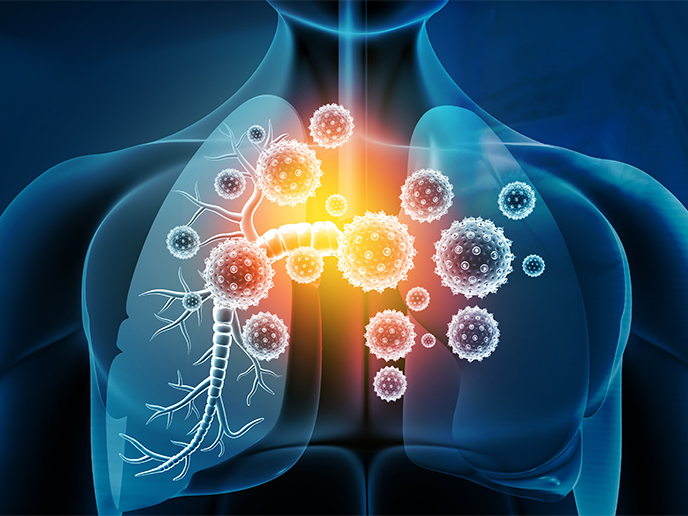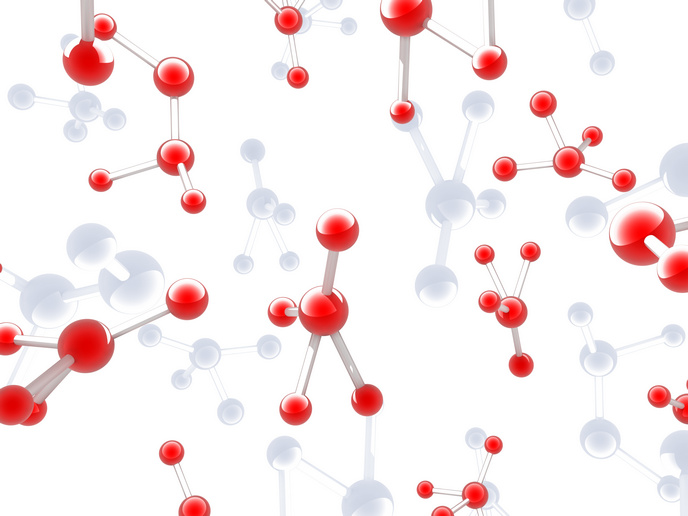Functional peptides for next-gen antibiotics
Long considered as a ‘no go’ area for researchers because of some inherent disadvantages, peptide pharmaceuticals have been booming over the past few years: By 2024, their market value is expected to grow from USD 19.5 to 45.5 million. This success can easily be explained: peptides benefit from greater efficacy, selectivity and specificity than synthetic drugs. Over 7 000 naturally-occurring peptides have been identified so far. The SYNPEPTIDE project aimed to generate variations of peptides with useful function for the pharmaceuticals industry, as well as endow them with new functionalities. ‘We were looking for novel peptides with antibiotic activity,’ says Prof Dr Sven Panke, coordinator of SYNPEPTIDE. ‘Antibiotic resistance, including multiple antibiotic resistances within the same bacterium, is spreading, so it is important to consider all options to keep treating bacterial infections. Some solutions revolve around optimising our way of administering antibiotics, whilst others focus on finding novel antibiotics. We are following the latter path, by screening bacterial peptide libraries for ideal candidates.’ For Prof Dr Panke and his team, these peptides were the obvious choice to produce the new molecules within a reasonable time frame.’ They focused on a specific group of peptides called lantibiotics – a portmanteau word combining the terms ‘lanthionine’ and ‘antibiotic’. ‘Lantibiotic-like antibiotic molecules are too complicated for chemists to create rapidly – so we need bacteria to make them,’ Prof Dr Panke explains. The team used a method called directed evolution. They produced myriads of variants of a specific peptide at DNA level, and then inserted this DNA into bacteria. By doing so, they can use the bacteria to ‘read out’ the information and translate it into peptide structures. ‘We give the DNA to the bacteria, and the bacteria make the peptide,’ Prof Dr Panke summarises. ‘We do it in this way because it is much easier to manipulate DNA than peptides. But the process to get the information from DNA to peptide remains complicated. It requires transcription and translation, ribosomes, tRNAs, etc., and we need living cells for that.’ Whereas companies focusing on chemical synthesis can often only create several peptide compounds at a time, SYNPEPTIDE’s method allows for producing dozens of thousands of variants. Once the peptide has been produced, the team can introduce additional functionalities. Standard amino acids are inserted into the peptide and, once ready, the peptide is passed on to so-called post-translational modification enzymes which convert the standard amino acids into the special functions. ‘We need to make sure that our variants get modified, otherwise they will be not or less active, Prof Dr Panke points out. After 4 years of research, the project’s strategy works exactly as expected, as Prof Dr Panke enthuses: ‘We can produce a broad range of novel peptide variants that get post-translationally modified and are active as antimicrobials. We have found new molecules that show very interesting activities against certain Gram-positive bacteria that are currently a problem in clinics. The next step would be to make more of it, test it in animal experiments, and conduct a variety of tests that show whether they are suitable for use in humans at all. I’d say we are 10 years away from selling them.’ The consortium is already looking into options to further exploit the project’s results. Until then, SYNPEPTIDE already made a huge step forward by providing leads for a novel class of antibiotics, as well as developing methods to look for them. Prof Dr Panke hopes that, in this way, the project will eventually have made an important contribution to fighting antibiotic resistance.
Keywords
SYNPEPTIDE, peptide, pharmaceutical industry, antobiotics, antibiotic resistance, lantibiotics, lanthionine, DNA, bacteria







